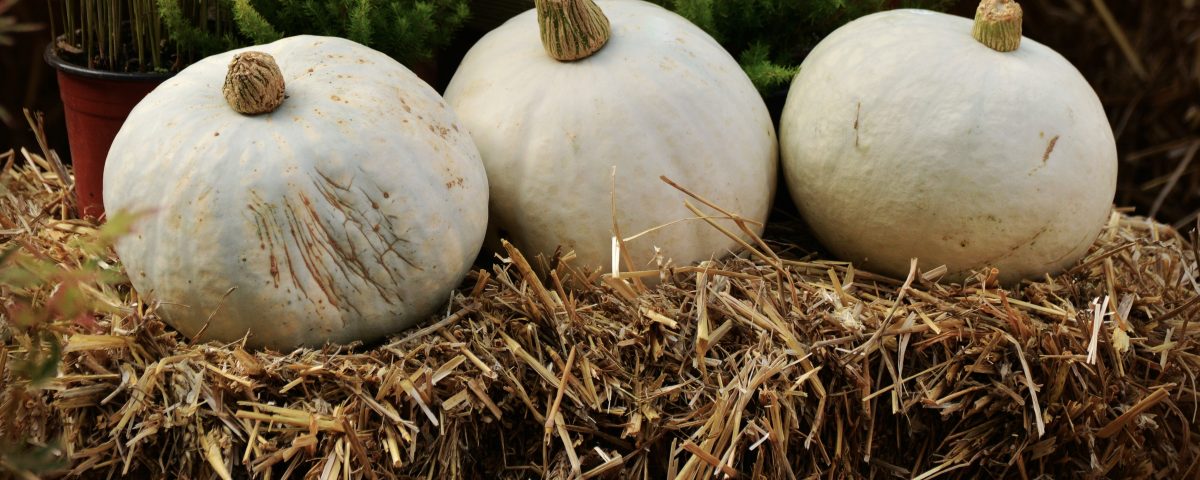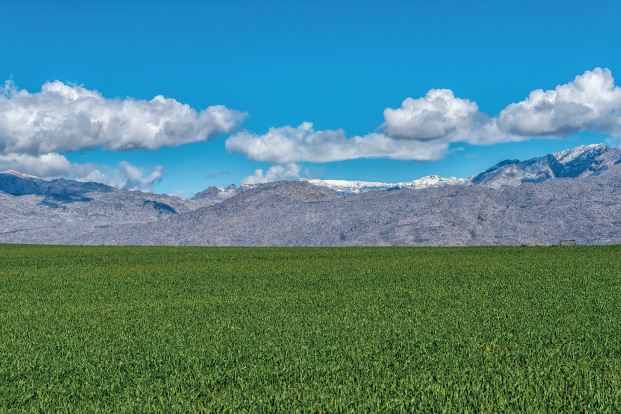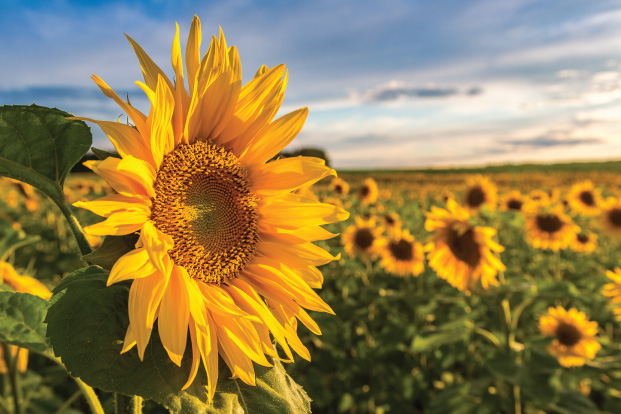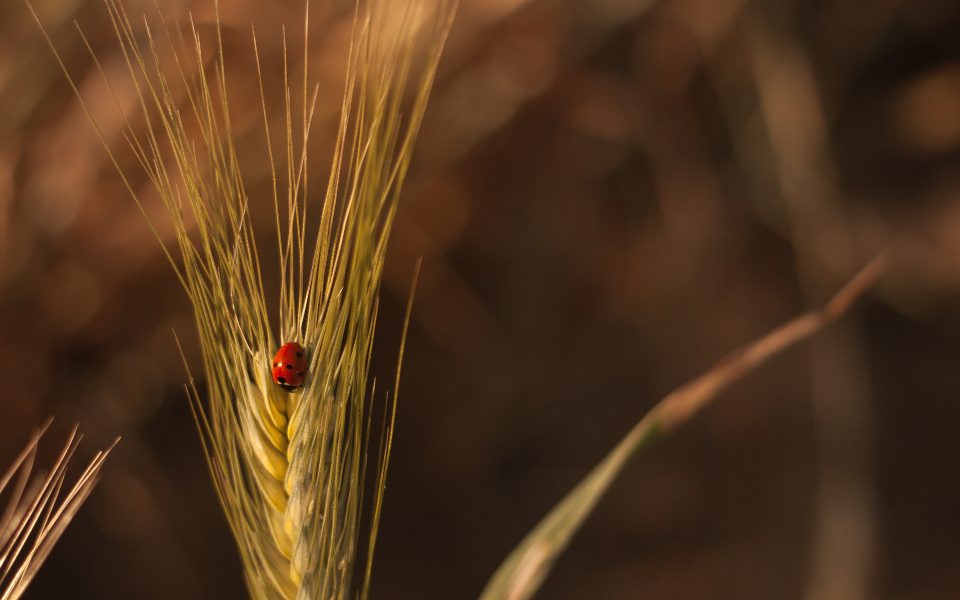Why pumpkins need space to grow

When to plant sunflower for optimal yield
April 24, 2018
Free State soil acidity levels worryingly high
May 7, 2018
In South Africa, most pumpkin varieties are either ‘typical’ runners or compact runners. The latter requires closer spacing than the varieties that produce long runners. In some countries, bush-type varieties are available.The leaf area of these is not large enough to produce more than one or two fruits; for a better yield, the plants must be spaced very close together. Ultimately, however, the type is less important than the size of fruit and the yield, or the number of fruit per hectare. Seed is expensive, so space the plants further apart if you can still obtain a good yield.
The old Boer pumpkin is a strong runner that starts producing fruiting flowers only when the runners are quite long. The maximum yield is only about 25t/ha, however, whereas modern grey-skinned varieties have a substantially higher yield potential. Spacing is all important, because when the pumpkins ‘join up’ between the rows, they start aborting fruit, a remnant of a primitive survival trait.
The plant’s main objective is to produce seed for the next generation; your eating pleasure is of little consequence. The plant, therefore, tends to strike a balance between the amount of fruit it sets and the leaf area it requires to support the fruit to seed maturity. Different varieties abort fruit at different times, but all obey the same principle: the plant will not set more fruit than can reach maturity. Moreover, it is often conservative in this regard, so spacing really is important.
Cool weather
Other factors also play a role. A lower average temperature results in the distance between the internodes of the vines being shortened and causes the first female fruit to be set closer to the crown.
This means that more fruit will be set on the vines before the rows meet in the middle. Row spacing can therefore vary within one variety depending on the time of the year being planted.
Shorter day-length, often coupled with cooler weather, will also cause fruit to be set closer to the crown.
Finally, conditions in the land can influence spacing in an unexpected way. Good management and high fertility will produce more vigorous vine growth, causing the vines to meet in the middle and start aborting fruit.
For this reason, ironically, yield may be higher where there has been neglect or poorer fertility!
For a good yield
This doesn’t mean that you should not strive for ideal conditions. It just means that when growing conditions are good, you should space the rows further apart. Put another way, for a good yield, the fruit population should be set before the entire area is covered.
Get to know the bearing habits of each variety so that you can get the most out of it. Ask your seed representative for advice.
Bill Kerr is a vegetable specialist and a breeder of a range of vegetables.
Source: Farmer’s Weekly



